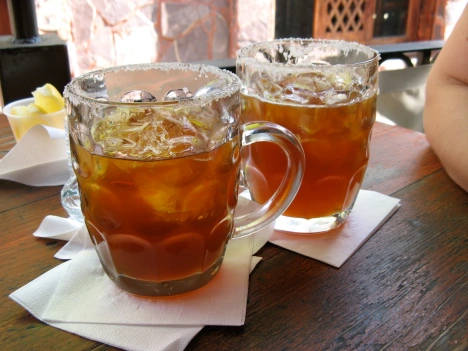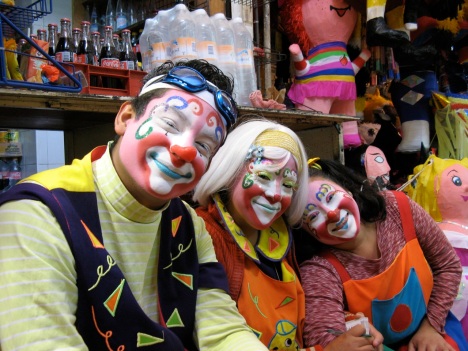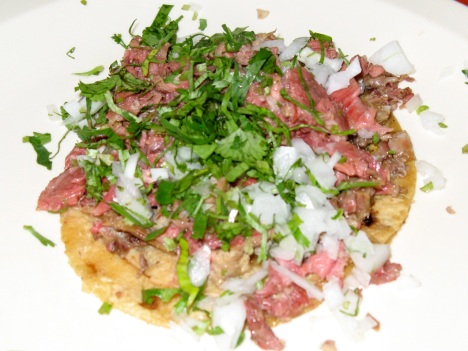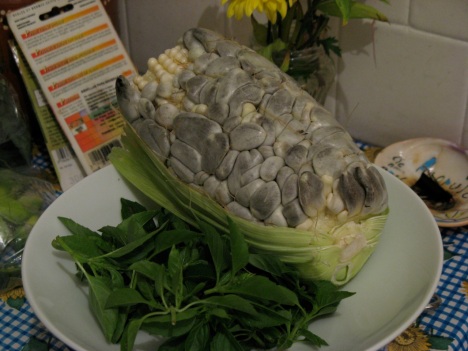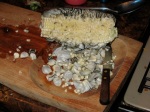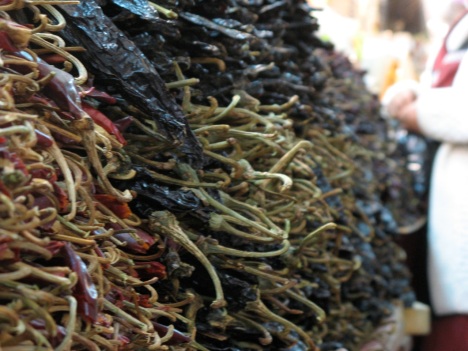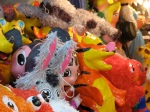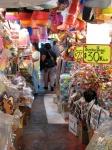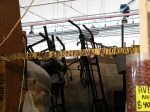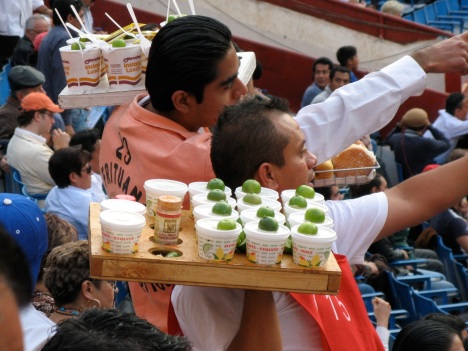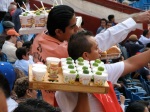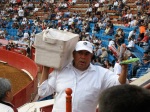Despite the 6 months that I have spent in Mexico City, there are still times at which I find myself utterly surprised by the city, shocked into a loss for words.
Yesterday, I visited the Centro Mario Molina, an NGO founded by its Nobel-Laureate namesake and president with extensive expertise on air quality and climate change here in Mexico City. Paradoxically, the Centro is located far from public transport, in Colonia Bosque de las Lomas, a well-to-do area west of downtown. Getting to Bosque de las Lomas required nearly an hour on a pesero, one of the the little microbuses the zip around the city’s streets. After leaving Metro Chapultepec (finding the right pesero took almost 15 minutes), we quickly left the business district of Las Lomas (not the same as the Bosque of the same name!) and continued up past the mansions that line Avenida Reforma. (I’ll put a marker on the map, see the page above.)
Mexico City, itself, is a former lake bed and is relatively flat, with only a few hills, former islands, that are mostly undeveloped and pop up from the city-plane. It was much to my surprise then, as we continued up and up, for nearly 45 minutes, first on Reforma and then on the similarly-named Prologación Bosque de Reforma. At first, the scenery was as expected, passing enormous mansions that slowly gave way to smaller, though still wealthy, homes. Continuing up, we passed a few ubiquitous malls, cube-shaped buildings housing a Starbucks, various salons, and other small boutiques around larger grocery store such as Superama.
For the most part, architecture in Mexico City is limited to these short, squat buildings, whose foundations are laid on the soft, loamy soil. Colors are often bright, as contrast against the dusty sidewalks and streets. Near downtown, and in the financial districts south along Insurgentes Sur and in Las Lomas, a few taller office buildings can be seen, those these larger buildings are by far the exception that the rule. The crest of the hill, my final destination, was different. Instead of the squat buildings is a stand of thin, residential sky-scrapers, reaching 30, 40, 50 stories into the air. These marvels of modern architecture look brand new, with light-colored skins of polished aluminum and rose-colored sandstone. Each of the thin residential towers, like a sabre pointing to the sky, has watered, green grounds, with trimmed hedges, and a cobbled driveway, like a hilt, leading to the recently repaved-roadway. I would have believed that I was anywhere but Mexico City.
On the other end of the hilltop is yet another mall; having an hour to spare, I walked in, feeling the air conditioning and being greeted by an army of customer service employees, opening the doors for me and asking how they might assist my visit. Inside the mall, immaculately clean, is an ice rink, health food stores, and several gyms. I opted for a small ice cream, from a Dairy Queen overlooking the rink. Everything seemed familiar, yet… different. Such as the frozen yogurt cum health supplements store and the flower shop called “Sephora.” And as I watched the children skating around the ice, to the same three upbeat songs, I could have sworn that the Disney Corp. was pulling the strings.
This isn’t the Mexico City that I know.
México, D.F.
Filed under: Mike's Notes on Mexico: Places and Peoples | Tagged: Avenida Reforma, Bosque de las Lomas, Centro Mario Molina, Las Lomas, malls, Metro Chapultepec, Mexico, Mexico City, peseros, urban architecture | Leave a comment »
